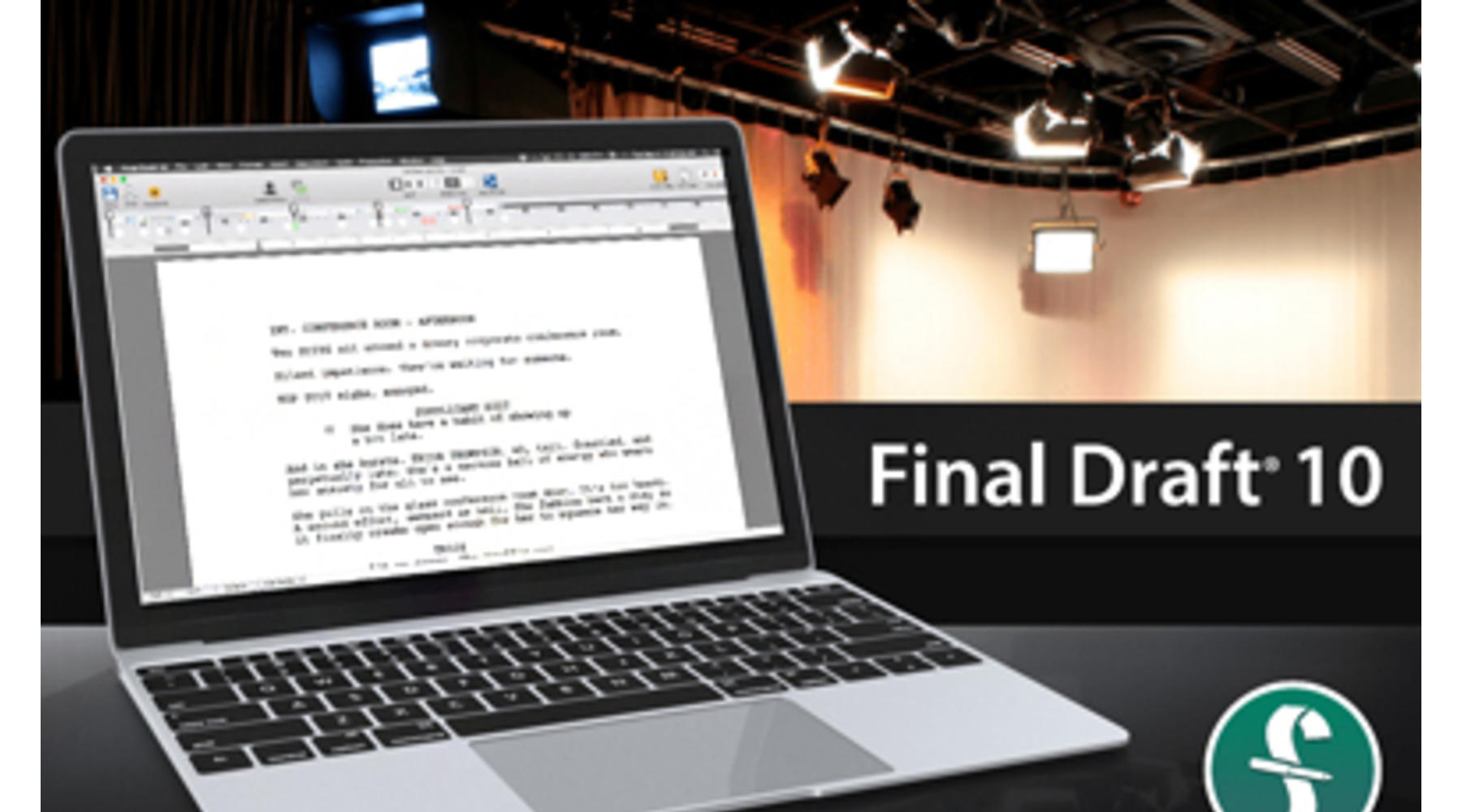

#Final draft pro tagger tutorial pdf#
The alt text is also read as a description of the image when Acrobat’s Read Out Loud feature is used, or when the PDF is read by an assistive device or screen reading software. In the final PDF document, alt text appears as a tooltip when the user hovers over an image. Not including alt tags for all of your images will result in errors later in the workflow when you run the Acrobat accessibility check.
#Final draft pro tagger tutorial update#
If the metadata changes, alt text is updated when you update the image link in your InDesign document. The XMP metadata for an image is available as potential alt text in InDesign. Specifying alt text from XMP metadata is the best choice in most cases, because the link between the alt text and the metadata in the file is dynamic. Or you can directly add the alt text to the specific instance of the image in the layout by selecting Custom from the Alt Text Source pull-down menu. You can generate the alt text from the document’s XML structure (if any exists) or the image’s XMP metadata (if present). Alt Text applies to both the PDF and EPUB/HTML workflows. The Object Export Options dialog has three tabs- Alt Text, Tagged PDF, and EPUB and HTML. This dialog is non-modal, so it can remain open as you work in the document, allowing you to move quickly from image to image and assign metadata without repeatedly closing and opening the dialog. You can add alt text for an image through the XML Structure pane or with Object Export Options ( Object > Object Export Options). Images in an accessible PDF document require alternative text so that the image can be described by a screen reader or assistive device. This allows hierarchical and structural information to reside in the InDesign file, making updates faster and easier when you need to generate a revised accessible PDF document. Most of the tasks are executed within InDesign, with only a few final steps required in Adobe Acrobat. InDesign offers a direct and simple workflow that dramatically reduces the time and effort required to produce accessible PDF documents from an InDesign layout.


An additional requirement for accessible documents is identifying nontext content, such as graphics and images, in context and describing what is shown. Producing accessible content also plays a key role in optimizing PDF documents for successful indexing by Internet search engines.Īchieving this kind of accessibility requires tagging all document content based on its hierarchical structure (headings, paragraphs, lists, tables, and so on) and ordering the content in a linear path from start to finish. An “accessible” electronic document is one that is optimized for screen readers and other assistive devices used by persons with disabilities. It is critical that content is accessible to the widest possible audience and complies with accessibility standards and regulations, such as WCAG 2.0 and Section 508 of the U.S.


 0 kommentar(er)
0 kommentar(er)
